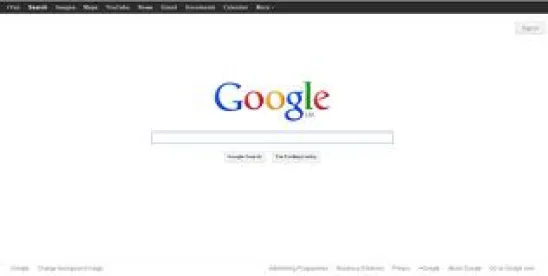The saying – never let them see you sweat – soon may be more difficult to accomplish with Microsoft’s Hololens. Like Google Glass, the Hololens is worn as a headset. But this device has a “plurality” of sensors that gather a range of biometrics parameters (heart rate, perspiration, etc.) which determine along with other information if the wearer needs help with something, and then tries to provide that help. Referred to in Microsoft’s patent application approved earlier this year as an “augmented reality help system,” the device’s applications and implications can be far reaching, as it is not hard to see, for example, why companies might want to adopt this technology to benefit their business.
 Consider a manufacturing or IT employee having trouble trying to install a new piece of equipment or assemble a piece of flat-pack furniture, a chore that drives some of my own biometrics parameters. Hololens may be able to help. The patent application states:
Consider a manufacturing or IT employee having trouble trying to install a new piece of equipment or assemble a piece of flat-pack furniture, a chore that drives some of my own biometrics parameters. Hololens may be able to help. The patent application states:
A person may experience stress that is related to a situation or current context. For example, a person may have difficulty performing a task and grow frustrated as the number of unsuccessful attempts at completing the task grows…
Experiencing stress may also inhibit clear thinking and increase the difficulty of successfully managing a task or situation. Additionally… seeking help from electronic devices would impose inconvenient burdens on the person, or may be impractical or even impossible given the person’s current context…
To address the above issues, an augmented reality help system [would] determine that the user is experiencing a stress response [and] present help content to the user via the head-mounted display device.
So, Hololens can be a valuable tool for an individual trying to overcome complicated tasks at work by using various sensors to simultaneously collect and analyze a wide range of biometric and other data points that determine whether the individual needs some help doing his or her job or a particular task. The device then provides information to the wearer through holographic images to help resolve the problem. These sensors include:
- a heart rate monitor to measure heart rate,
- a pulse oximeter sensor to measure hemoglobin saturation,
- an electrodermal response sensor to monitor the skin’s electrical resistance,
- an electroencephalographic (EEG) monitor to monitor brainwave activity, and
- a perspiration sensor to detect sweat.
The descriptions of the device in the patent application, news outlets and reports point to various applications and uses for Hololens. A device like this might have substantial productivity benefits and one can envision lower training costs and fewer errors, among other advantages. However, like many new technologies, implementation would need to be handled carefully not only to assess whether the device will work for the application intended, but will it be worth the investment and effort given the legal and other risks. Hololens adds to the long list of technologies and devices already on the market which legislatures and courts are grappling to understand and regulate.
Privacy and data security considerations are among the many legal considerations and, of course, critical as the device collects a range of health-related data that would seem to be able to paint a detailed, albeit incomplete, picture of an individual’s physical and/or mental health condition. Would an employee realize how much data is being collected and to whom that information is made available? Labor relations is another consideration as employers would certainly have to bargain with the union before they would be able to require represented employees to use Hololens for the purposes contemplated herein. An employer also would have to consider, for example, whether the gathering of biometric and other medical data constitutes a disability-related inquiry under the Americans with Disabilities Act and how the U.S. Equal Employment Opportunity Commission (EEOC) might view that activity. Whether the rules the EEOC proposed earlier this year concerning workplace wellness programs will address wearables and perhaps shed light on the agency’s view of such devices, such as Hololens, remains to be seen.
Once the information is collected, how will it be used? Managers oversee and monitor their employees regularly. A plant manager might observe assembly line operations for workers causing delays, or that need additional help, or that simply are not performing sufficiently. Devices like Hololens would increase dramatically the information available to managers to assist in making these determinations. But will that information be the kind managers should be using, will the use of the information increase the likelihood of disparate impact claims? These are just a few of the questions that need to be considered. Assuming such data can be collected and used for certain work-related purposes, companies already face challenges safeguarding personal information. Will they be able to maintain the security of the sensitive health data captured and transmitted by these devices?
Hololens has not been released for sale yet, but there already is speculation about its release date, some are saying 2016. If true, it may not be long before someone at your company says, “Hey, we need this!” At that point, and maybe even before, businesses need to be carefully thinking through the benefits and risks of introducing this or similar devices into the workplace, or allowing employees to use them.




 />i
/>i

